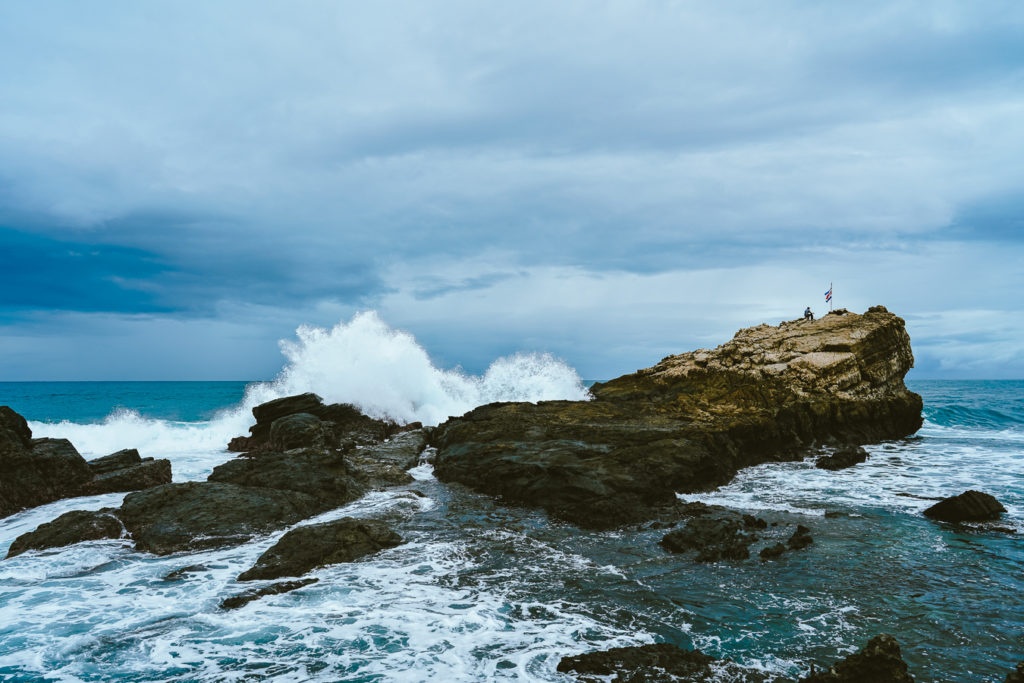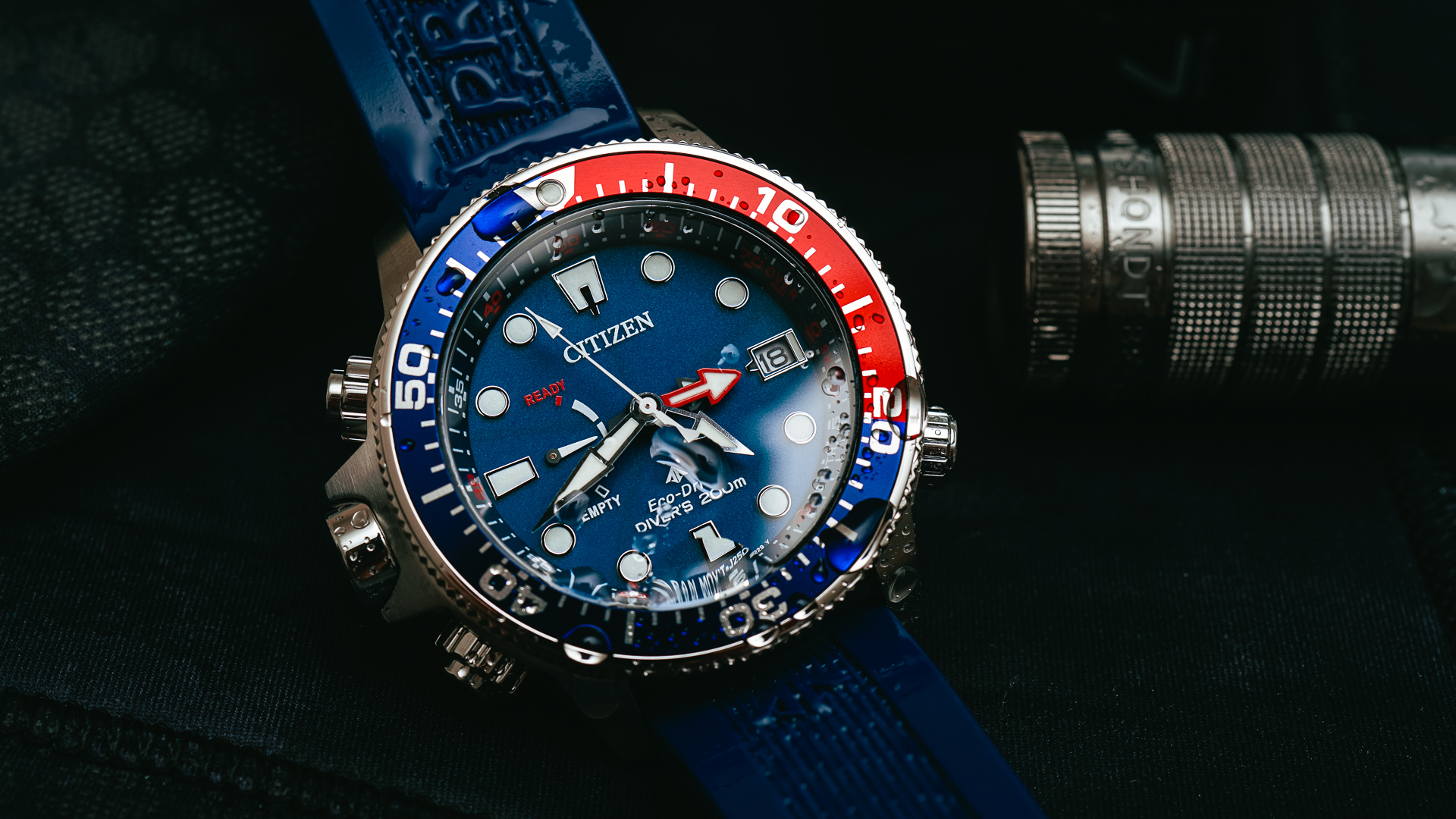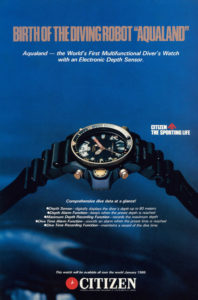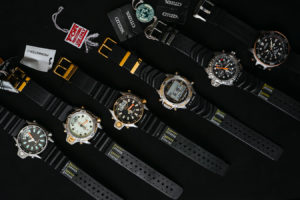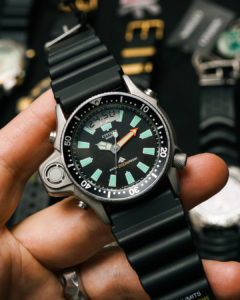
This diving reflex is probably best documented in the exploits of waterborne mammals like otters, dolphins, and seals — all of whom rely on breathing oxygen from the surface before holding their breath and diving, just as we’re able to do. But in humans, the reflex feels more like a holdover from man’s hunter-gatherer origins — a latent evolutionary adaptation available for anyone to explore, provided they know where to look, and what to expect when they find it, and 24 hours later, I’m doing just that — breath held, head submerged in a long, shallow pool. We finally aborted yesterday’s stormy open-water dive session after even the panga captain decided he’d had enough of the boat’s constant rolling.
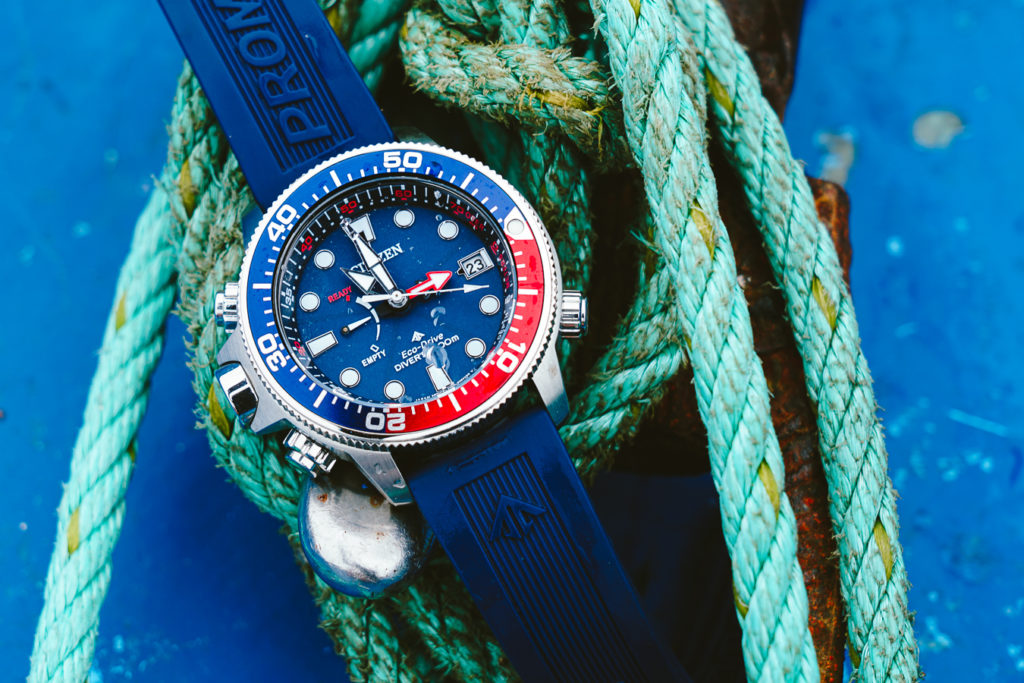
“One minute,” Gauthier gently reports, stopwatch in hand. My eyes are closed, but the rest of my senses paint the surroundings. Somewhere to my right, I can hear the pool filter’s gentle gurgle. Above, heavy gray clouds still spit down rain, whose drops rhythmically pitter-patter on the back of my wetsuit hood. Yesterday’s tough session is already a distant memory as I channel all my available energy on simply relaxing. There are many secrets to “hacking” the dive reflex to maximize static breath holds such as the one I’m performing right now, but there are two primary keys to freediving that I’ve come to Tamarindo to better understand: firstly, relaxation. Because the heart is already wired to slow once submerged, achieving a fully relaxed state prior to entering the water can slow it even further. In doing so, I’m more efficiently conserving the oxygen stores from my previous “breathe-up,” which then slows the buildup of carbon dioxide in the bloodstream and further delays my urge to exhale, thereby extending time underwater on that single breath. But confronting the second key is going to be a lot less pleasant: tricking my brain into believing it’s not actually in danger of drowning.
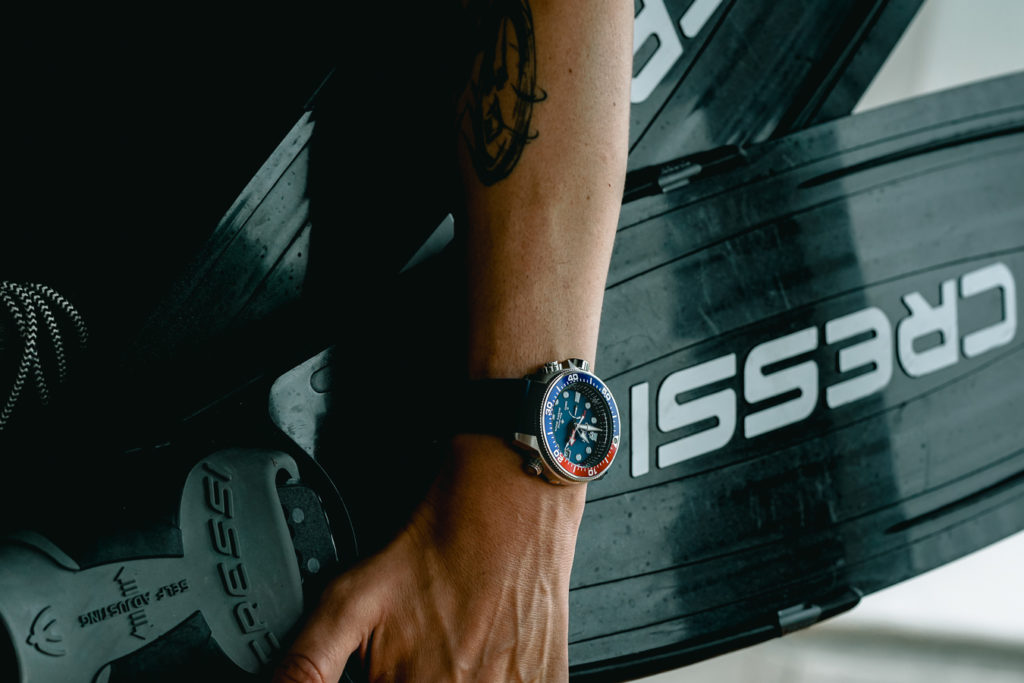
The newly stripped-down Aqualand might lack the distinctive, multi-function LCD of the original Aqualand (though this configuration is actually still sold by Citizen in select international markets) or the multi-layered dial bristling with complexity found on later variants, but it still feels like a triumphant return to pure form, making it arguably the most cohesive and worthy reference to bear the “Aqualand” name since the original. 2019 actually marks the 30th year of Citizen’s Promaster collection, of which the Aqualand has been a mainstay since its own debut in 1986, so it should come as little surprise that these new variants adhere as closely as possible to that pioneering spirit of adventure and capability.
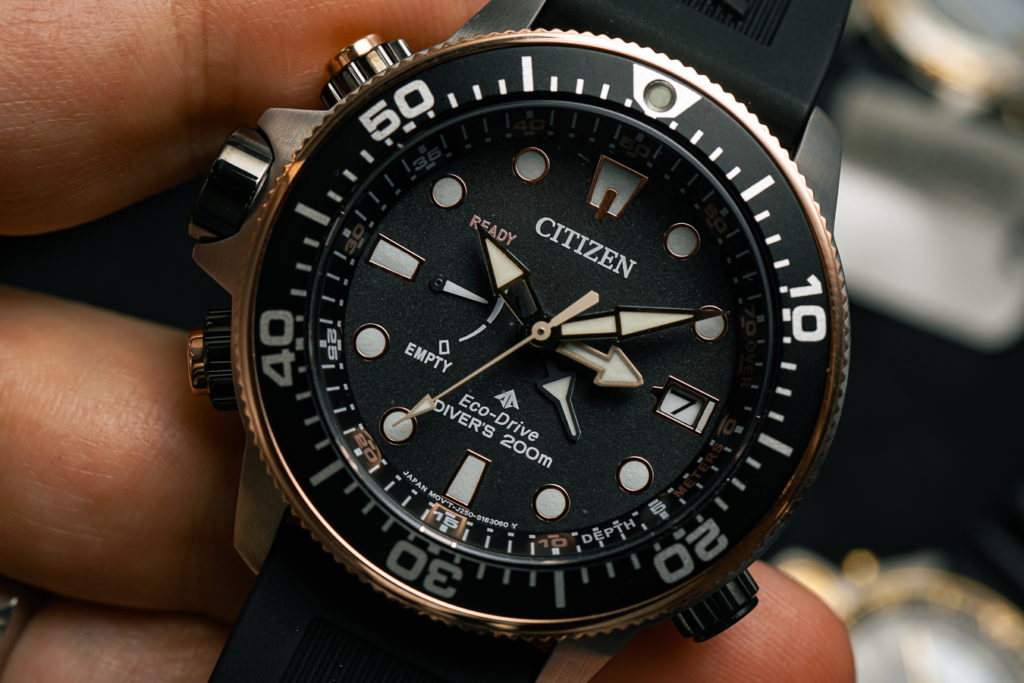
Limited to 6,000 pieces, this special Promaster Aqualand 30th Anniversary edition (ref. BN2037) echoes the black and gold PVD-coated vintage edition from 1986.
I don’t know how much time has passed since I last heard Gauthier’s voice, but I catch myself surprised to find that I still don’t need to exhale. For a moment, my perspective shifts to the balcony above, looking down on my black wetsuit sleeves floating limp to each side of my body, a tranquil shadow cast against the bright blue-green hue of the pool. It’s still raining, but softer now. Suddenly, I’m jolted from the scene by a contraction emanating from deep in my belly. It’s only slight, but still alarming, and enough to bring an abrupt end to my meditative state. I remember Gauthier’s instruction yesterday in the classroom, where he explained that diaphragm contractions are a perfectly normal expression of the body signaling an urge to exhale, but nothing more. Contrary to the urgent signals my brain is sending, it still has plenty of oxygen and I’m actually far from any danger of drowning — not yet at least. And knowing where this limit lies, which signals can be ignored and which must actually be heeded, are all tactics used by the world’s greatest freedivers to define the outermost edge of their limits. I feel another contraction, more desperate than the first. I choose not to wait around for the third: I tap the side of the pool and make one final push, counting down from ten before breaking the surface and releasing a loud, delicious exhale.
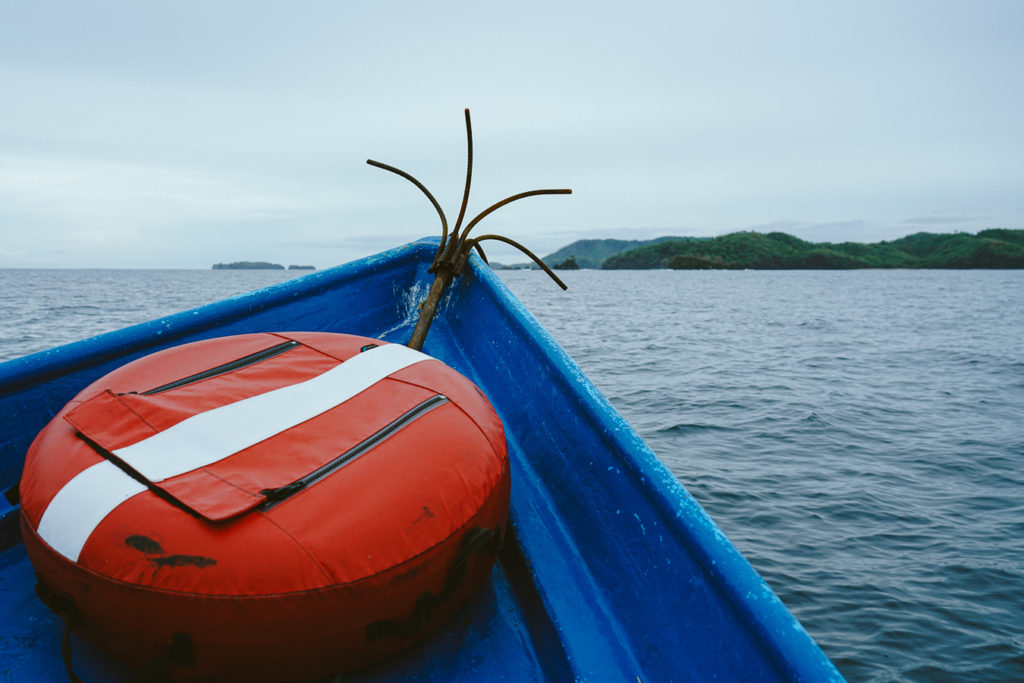
“Four minutes and sixteen seconds!” he exclaims happily as I turn my head skyward and pull off my mask. Before today, I’d never held my breath longer than a minute. I had it in me all along. Apparently, we’ve all had it in us for the last 20 million years. For more information on the Citizen Promaster Aqualand (priced at $695) or the rest of the collection of Promaster tool watches, head over to citizenwatch.com.
